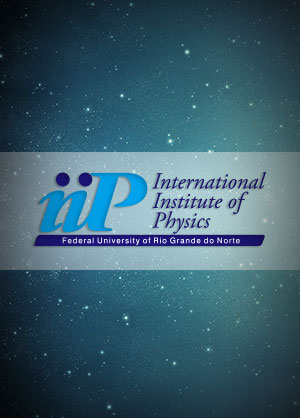
Confinement of ghosts and stability in higher derivative quantum gravity
The presence of higher derivatives in the gravitational action is required for renormalizability in semiclassical and quantum gravity. On the other hand, higher derivatives produce unphysical massive ghosts, making classical solutions unstable and quantum theory non-unitary. Trying to resolve this contradiction, we explore classical cosmological solutions in the presence of ghosts and find out that instability takes place only if the seeds of initial perturbations are about the Planck order of magnitude, such that the ghost can be generated from the vacuum. In the superrenormalizable versions of quantum gravity, there may be a pair of complex conjugate massive poles. In this case, it is possible that the complex ghost-like states form normal bound states. For a while, this mechanism was achieved only for a simplified toy model that reproduces the general structure of the ghost-like poles, but is far from the real quantum gravity. However, suppose the same situation takes place for quantum gravity. In that case, such a mechanism may explain the existence of the Planck-scale cut-off for the frequencies of gravitational perturbations, and potentially resolve the problem of ghosts. At low energies, we show, using another toy model, how the IR limit of the fundamental theory fits the UV limit of the effective low-energy theory.








